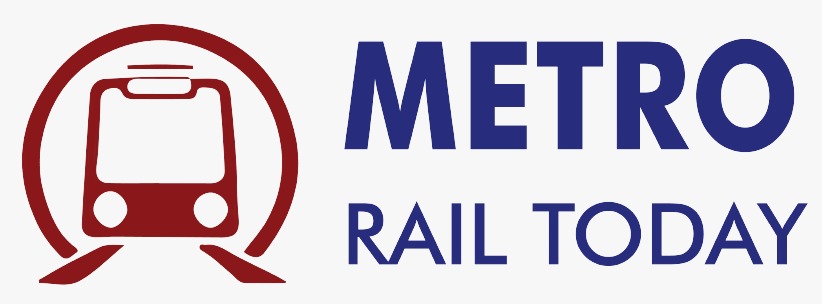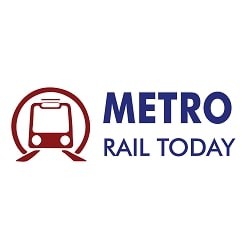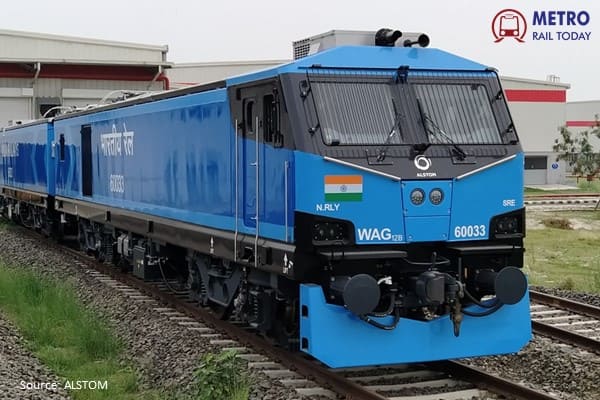 Why was IRSDC suddenly shut down after delivering India’s world-class railway stations?
Why was IRSDC suddenly shut down after delivering India’s world-class railway stations?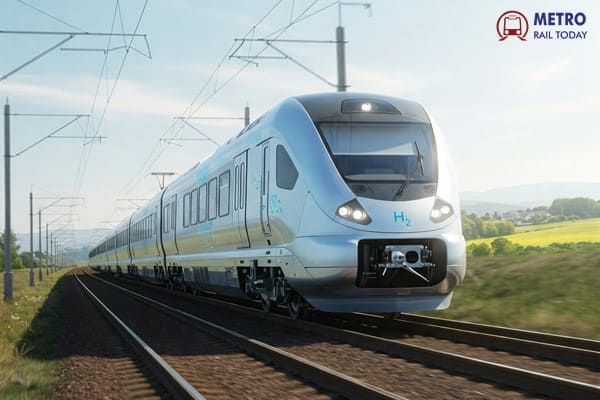 Alstom pauses New Hydrogen Train Development after French Funding Withdrawal
Alstom pauses New Hydrogen Train Development after French Funding Withdrawal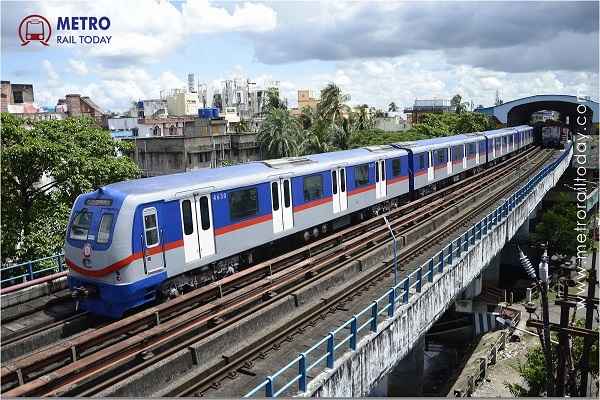 Kolkata Metro signs India-Nepal Land Exchange MoU for Purple Line
Kolkata Metro signs India-Nepal Land Exchange MoU for Purple Line Dilip Buildcon begins construction for Gurugram Metro Expansion Project
Dilip Buildcon begins construction for Gurugram Metro Expansion Project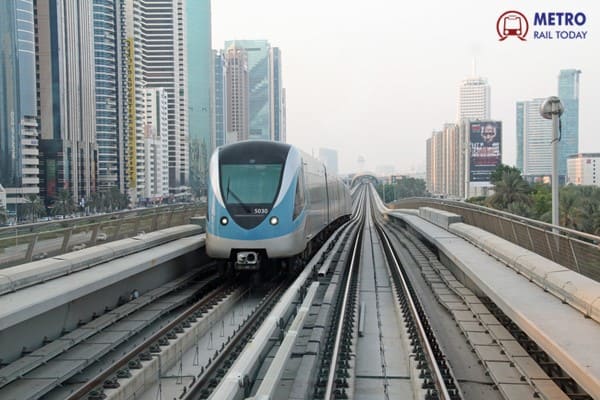 Dubai Metro Blue Line reaches 10% completion in just Five Months, Set to hit 30% by late 2026
Dubai Metro Blue Line reaches 10% completion in just Five Months, Set to hit 30% by late 2026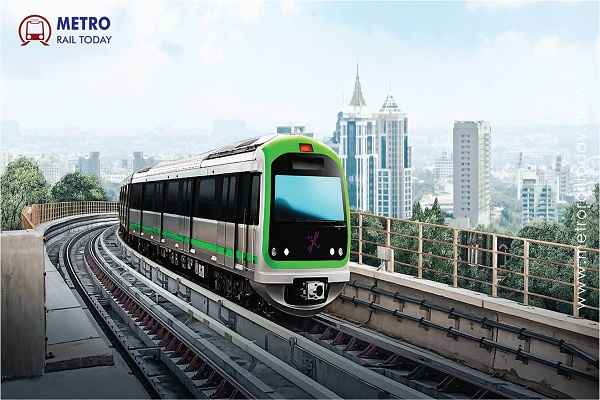 BMRCL turns to Delhi Metro for Integrated Data Management System to strengthen O&M efficiency
BMRCL turns to Delhi Metro for Integrated Data Management System to strengthen O&M efficiency Bids invited for major underground package of Delhi Metro Phase 4’s Inderlok–Indraprastha corridor
Bids invited for major underground package of Delhi Metro Phase 4’s Inderlok–Indraprastha corridor New DPR warns Bengaluru’s Phase-3 Double-Decker Metro Corridor may not ease traffic woes
New DPR warns Bengaluru’s Phase-3 Double-Decker Metro Corridor may not ease traffic woes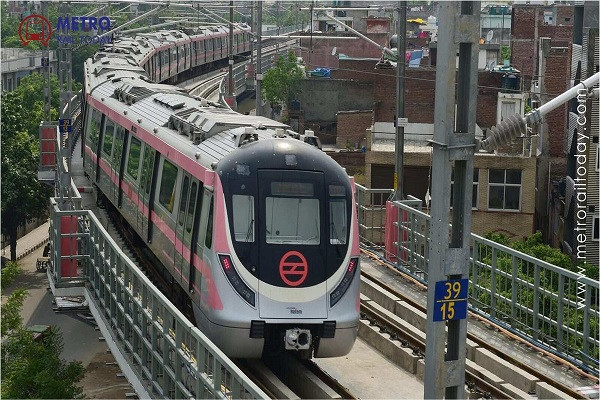 Delhi Metro launches 10-Year Corporate Plan exercise to shape Mobility Vision for 2037
Delhi Metro launches 10-Year Corporate Plan exercise to shape Mobility Vision for 2037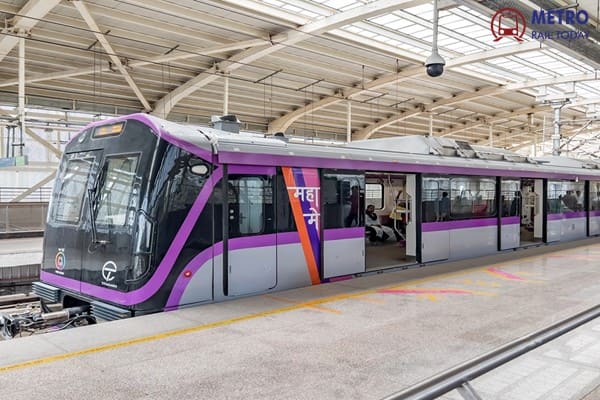 Govt of India approves ₹9,857.85 crore Pune Metro Phase 2 Extension Project
Govt of India approves ₹9,857.85 crore Pune Metro Phase 2 Extension Project
Germany launches National Initiative to Standardize Rolling Stock Fleet by 2030
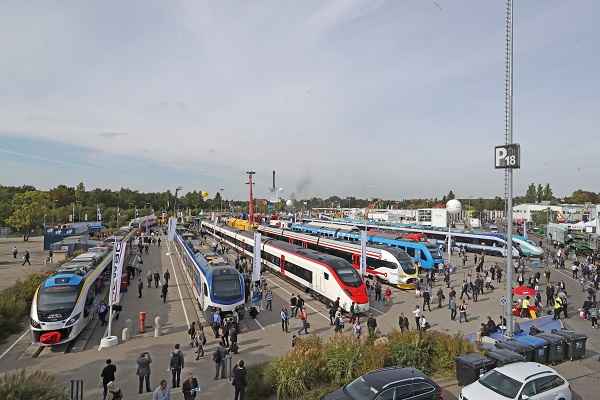
Berlin, Germany (Metro Rail Today): Germany has embarked on an ambitious plan to standardize its rolling stock fleet across regional and urban rail networks by 2030. The initiative, jointly launched by the Federal Association of Local Rail Transport (BSN), the German Railway Industry Association (VDB), and the Allianz pro Schiene transport alliance, aims to streamline procurement, cut costs, and boost operational efficiency in the country’s regional rail sector.
A charter signed by 23 of Germany’s 27 regional transport authorities outlines the framework for developing unified train design standards and technical specifications.
Towards a Unified National Fleet
The proposal calls for the harmonization of train lengths, door-to-seat ratios, and fixed door widths tailored to urban and regional services. It also mandates minimum accessibility standards, including toilets suitable for passengers with reduced mobility and other inclusive design features.
The initiative recommends that train orders should include at least 15 units per procurement batch, ensuring economies of scale. Buyers will also be required to publicly announce future procurement plans and key rolling stock specifications in advance, facilitating collaborative purchases and industry coordination.
Economic and Operational Benefits
According to BSN and VDB, standardization will bring a wide range of benefits:
-
Reduced delivery times for manufacturers
-
Lower production and maintenance costs through shared component use
-
Simplified staff training and interoperability between regions
-
Enhanced fleet flexibility and spare parts availability
Once implemented, the plan is expected to generate annual economic savings of around €200 million for the German rail sector.
Learning from Past Successes
Germany has already experienced the benefits of standardization in its tram-train sector. The VDV consortium, a partnership between German and Austrian transport authorities, previously developed unified requirements for tram-trains. This effort led to a single joint contract for up to 500 Stadler CityLink vehicles, achieving cost savings of approximately €1 million per unit.
The new initiative builds upon this success, extending standardization to regional and suburban rolling stock to create a more efficient, interoperable, and sustainable national fleet.
A Model for Other Countries
Germany’s approach has drawn international attention. Similar discussions are underway in Australia, where the Australasian Railway Association (ARA) has warned that the lack of a coordinated rolling stock policy has cost regional governments nearly $1.2 billion over the past decade.
By contrast, Germany’s coordinated procurement model is expected to foster innovation, boost domestic manufacturing, and strengthen competitiveness across Europe’s rail supply chain.
With the joint charter now in place, Germany’s transport sector is taking a decisive step toward a unified national rolling stock strategy. The initiative is expected to accelerate the modernization of regional rail, improve passenger experience, and deliver significant cost efficiencies — positioning Germany as a global leader in sustainable and standardized rail operations.
